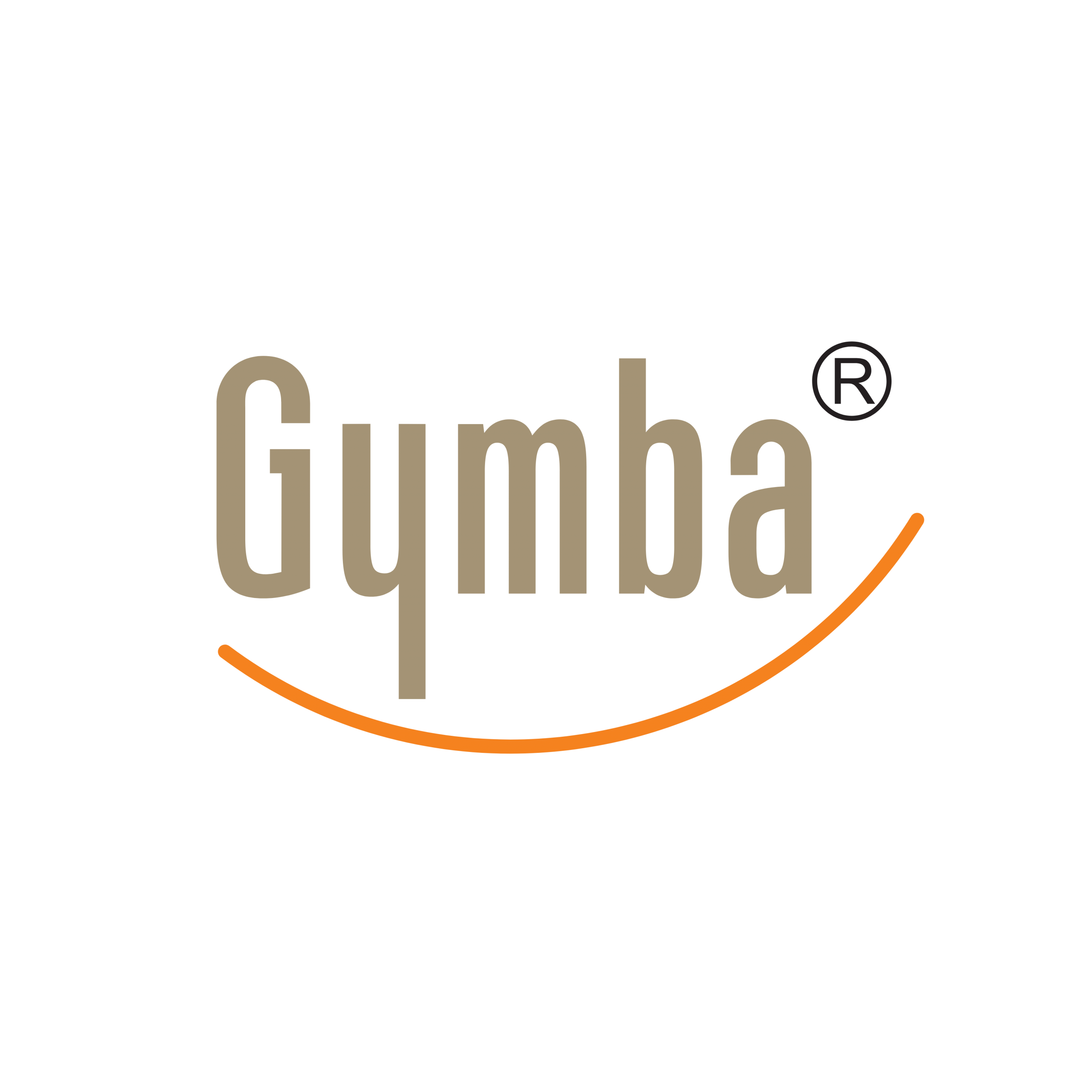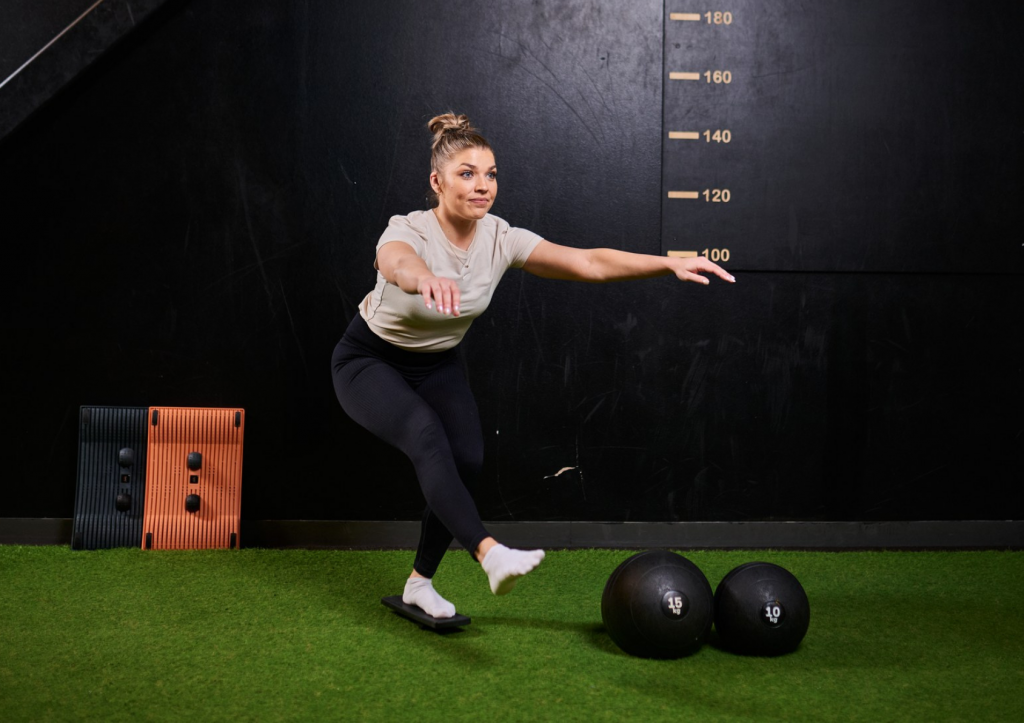The ability to stay steady on your feet might not seem like a priority until you stumble while reaching for something at your desk, or notice your posture deteriorating after hours of computer work. Good balance and coordination aren’t just for athletes or fitness enthusiasts, they’re fundamental skills that affect every aspect of our daily lives, especially in workplace settings. In our increasingly sedentary world, these skills often decline without us noticing. The good news? With a few simple techniques and consistent practice, you can significantly improve your balance, enhance your coordination, and experience numerous benefits that extend far beyond preventing falls.
Why balance and coordination matter for everyday health
Balance and coordination are foundational skills that impact virtually everything we do. In office environments, good balance translates directly to better posture while standing at adjustable desks for proper workplace alignment, which reduces strain on your back, neck, and shoulders. When your body maintains proper alignment, you breathe more efficiently, delivering oxygen to your brain and muscles more effectively.
Beyond physical benefits, balance training improves cognitive function. Research consistently shows connections between physical stability and mental performance. When your body isn’t constantly making micro-adjustments to keep you upright, your brain can dedicate more resources to focused work, problem-solving, and creative thinking.
The workplace advantages are substantial: improved energy levels throughout the day, reduced risk of repetitive strain injuries, enhanced focus during long meetings, and even better reaction times when multitasking. For anyone spending hours at a desk, these benefits directly translate to higher productivity and greater comfort.
What causes poor balance and coordination?
The modern workplace has become a perfect storm for deteriorating balance. The primary culprit is our increasingly sedentary lifestyle, particularly prolonged sitting. When we sit for hours, the stabilising muscles in our core, legs and feet weaken from underuse. This muscle atrophy happens gradually, often going unnoticed until simple standing tasks become challenging.
Other common factors include:
- Poor workplace ergonomics forcing unnatural body positions
- Limited movement variety during the workday
- Vision problems from excessive screen time
- Age-related changes in vestibular (inner ear) function
- Footwear choices that prioritise fashion over function
The convenience of modern office environments often means we rarely challenge our balance systems. Without stimulation, these neural pathways become less efficient, much like how unused muscles atrophy. Our bodies adapt to whatever we do most frequently, and for many office workers, that means static positions with minimal movement variety.
5 simple exercises to improve your balance daily
Incorporating balance training doesn’t require special equipment or extensive time commitments. These exercises can be performed anywhere, even beside your desk during short breaks:
- Standing heel-to-toe walk: Place the heel of one foot directly in front of the toes of your other foot, creating a straight line. Take 10-15 steps forward, focusing on a fixed point ahead. This activates small stabilising muscles while improving your proprioception (body awareness).
- Single-leg stance: Stand tall, shift your weight to one foot, and slightly lift the other foot off the ground. Hold for 20-30 seconds, then switch sides. For added challenge, try closing your eyes or performing small head movements.
- Desk-supported calf raises: Stand behind your desk with hands lightly touching the surface for support. Rise onto your toes, hold briefly, then lower with control. Perform 10-15 repetitions to strengthen ankle stability.
- Micro-movements while standing: While at a standing desk, perform small weight shifts from side to side or front to back. These subtle movements activate core stabilisers and prevent static postures.
- Ankle alphabet: While seated, lift one foot slightly and “write” the alphabet in the air using your big toe as the pen tip. This improves ankle mobility and the neural pathways controlling foot muscles.
Consistent practice of these simple exercises can produce noticeable improvements within just a few weeks. The key is regularity rather than duration, making them perfect for busy work environments.
How can you incorporate balance training into your workday?
Making balance training a natural part of your workday requires thoughtful integration rather than major disruptions. Consider these practical strategies:
- Schedule brief “movement snacks” between meetings or tasks (even 60 seconds is beneficial)
- Convert some seated meetings to standing ones, incorporating gentle weight shifts
- Create balance challenges during routine activities like waiting for the kettle to boil or printing documents
- Use ergonomic equipment that encourages natural movement patterns while working
- Set up your workspace to require occasional standing and movement
Balance boards or active standing mats can transform stationary standing into dynamic movement opportunities with balance boards. When integrated with adjustable desks, these tools create an active workspace that promotes natural, beneficial movements throughout the day without disrupting workflow.
The most successful approach combines planned balance exercises with spontaneous movement opportunities. Rather than viewing balance training as another task on your to-do list, consider it an integrated aspect of how you work.
Measuring your progress: balance milestones to track
Improvements in balance and coordination happen gradually, making progress tracking important for motivation. Simple self-assessment techniques can help you recognise meaningful changes:
| Milestone | How to Measure |
|---|---|
| Single-leg stance duration | Time how long you can balance on one foot without support |
| Stability during micro-movements | Note reductions in arm flailing or excessive compensations |
| Movement confidence | Observe decreased hesitation when transitioning between positions |
| Focus during balance tasks | Track ability to maintain conversation or mental tasks while balancing |
| Recovery quickness | Note how rapidly you regain stability after slight perturbations |
Weekly assessments provide the most reliable tracking. Remember that progress isn’t always linear, as factors like fatigue, stress, and even room temperature can affect your balance on any given day.
The most telling improvements often appear in unexpected places, such as greater ease navigating crowded spaces, reduced tension in your shoulders and neck, or improved posture even when not consciously thinking about it.
At Gymba, we understand how significant these seemingly small improvements can be for overall wellbeing and workplace performance. Our ergonomic laptop stands for better posture and other solutions are designed to complement your balance training efforts, creating workspaces that support natural movement patterns while maintaining productivity. By incorporating balance training into your daily routine, you’re investing in both immediate comfort and long-term health, one stable step at a time.

